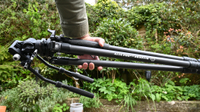Digital Camera World Verdict
I’ve enjoyed reviewing some of Vanguard’s tripods so much that I’ve ended up buying them, but the Vanguard Alta Pro 3VLT 235CV 10 isn’t one of them. Sure, it’s amazingly compact and lightweight, ideal for videography on the go. It’s pretty rich in features too, but I feel that stability at full height is somewhat compromised.
Pros
- +
Quality carbon look and feel
- +
Leveling base for head
- +
Only weighs 1.19kg / 2.62lb
Cons
- -
Modest 148cm / 58.3” maximum height
- -
Spindly 11mm bottom leg sections
- -
Wobbly at maximum extension
Why you can trust Digital Camera World
Vanguard has been going about its business since 1986, earning a sizeable fan base for everything from tripods, camera bags and backpacks, to binoculars, spotting scopes and rifle slings. Indeed, I’m quite a fan myself, and was recently very impressed by the heavy-duty Vanguard Alta Pro 3VRL 303CV 18 video tripod kit, which is definitely one of the best video tripods on the market. My only minor criticisms are that it’s quite big and hefty to lug around, measuring 85.5cm (33.7”) when folded, and weighing in at 3.26kg (7.2lb).
The newer Vanguard Alta Pro 3VLT 235CV 10 that I’m reviewing here certainly redresses the balance, so to speak. With a folded height of just 54cm (21.3”) and a weight of 1.19kg (2.62lb), it’s much easier to carry around, and to pack away when I’m out on the road shooting video.
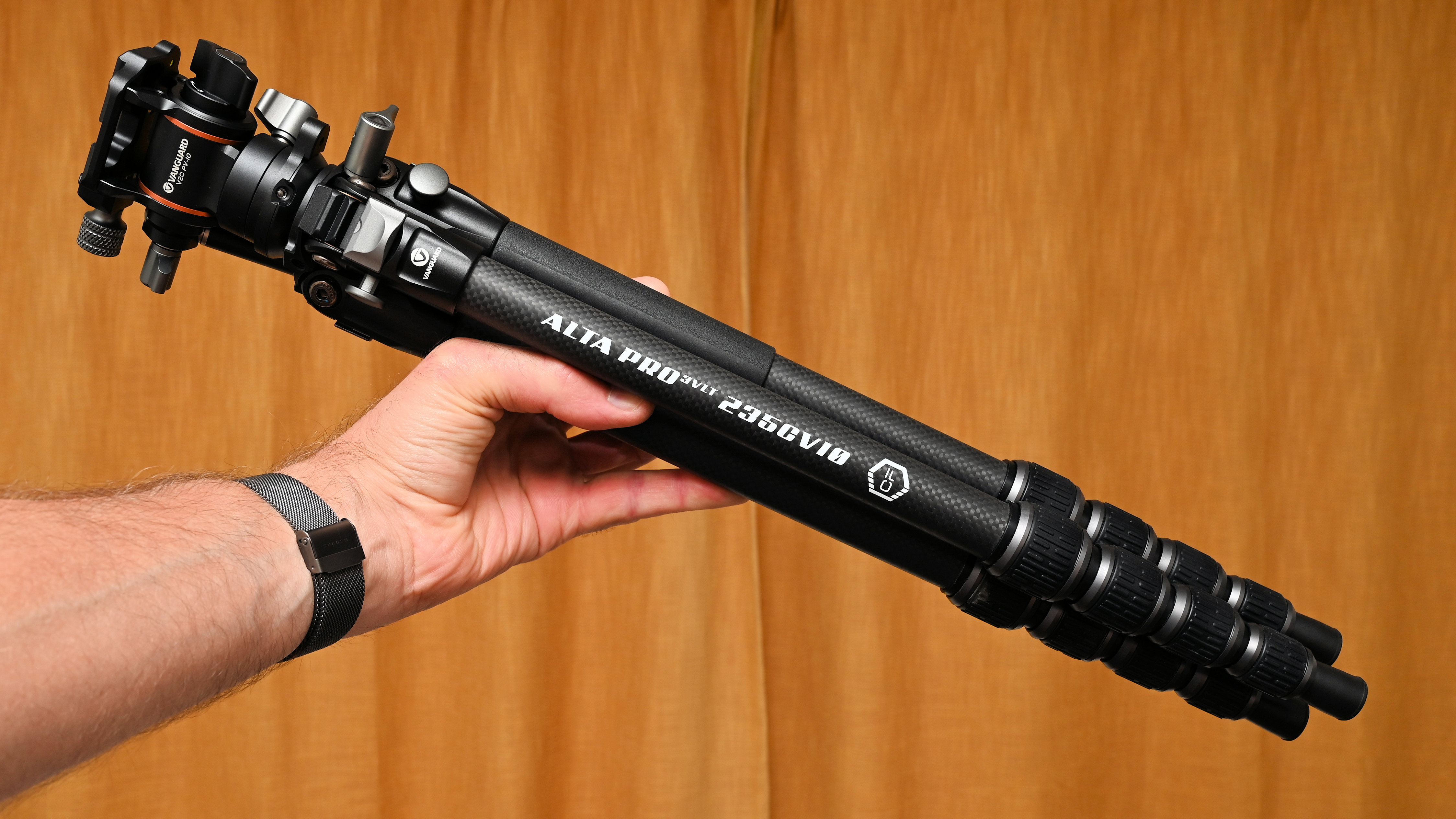
Vanguard Alta Pro 3VLT 235CV 10: Specifications
| Material | Carbon Fiber |
| Folded height | 54cm / 21.3” |
| Maximum operating height | 148cm / 58.3” |
| Minimum operating height | 19.5cm / 7.7” |
| Weight | 1.19kg / 2.62lb |
| Load rating | 5kg / 11lb |
| Sections per leg/centre column | 5 / 0 |
| Leg section diameters | 23, 20, 17, 14, 11mm |
| Locking leg angles | 3 |
Vanguard Alta Pro 3VLT 235CV 10: Price
The carbon fiber edition of the Vanguard Alta Pro 3VLT 235CV 10 costs around $350/£350, complete with a leveling base and panning head. If you feel that’s a little rich for a small tripod, there’s an aluminum version for around $270/£270.
As I’d expect, both are significantly less expensive than the ‘full-sized’ and relatively heavyweight carbon fiber Vanguard Alta Pro 3VRL 303CV 18, which costs around $500/£500. By way of comparison, the latter is much larger and has a maximum load rating of 25kg for the legs and 15kg for the video head supplied in the kit, compared with just 5kg for the smaller kit being reviewed here.
But let’s not forget that video tripod kits can get properly expensive, like the Manfrotto 504X 635 Fast Single Leg Carbon which will set you back around $1,318/£1,325. Let’s see if you get what you pay for with this relatively lightweight and budget-friendly Vanguard offering.
Vanguard Alta Pro 3VLT 235CV 10: Design & Handling
For casual videography and vlogging on the go, the Vanguard Alta Pro 3VLT 235CV 10 is designed for ultimate portability. When folded, it’s a mere 54cm (21.3”) in length, with a diameter of about 6cm (2.4”). It comes complete with its own padded soft case, which features a carrying hand strap and adjustable shoulder strap. Suffice it to say, it’s easy to carry around.
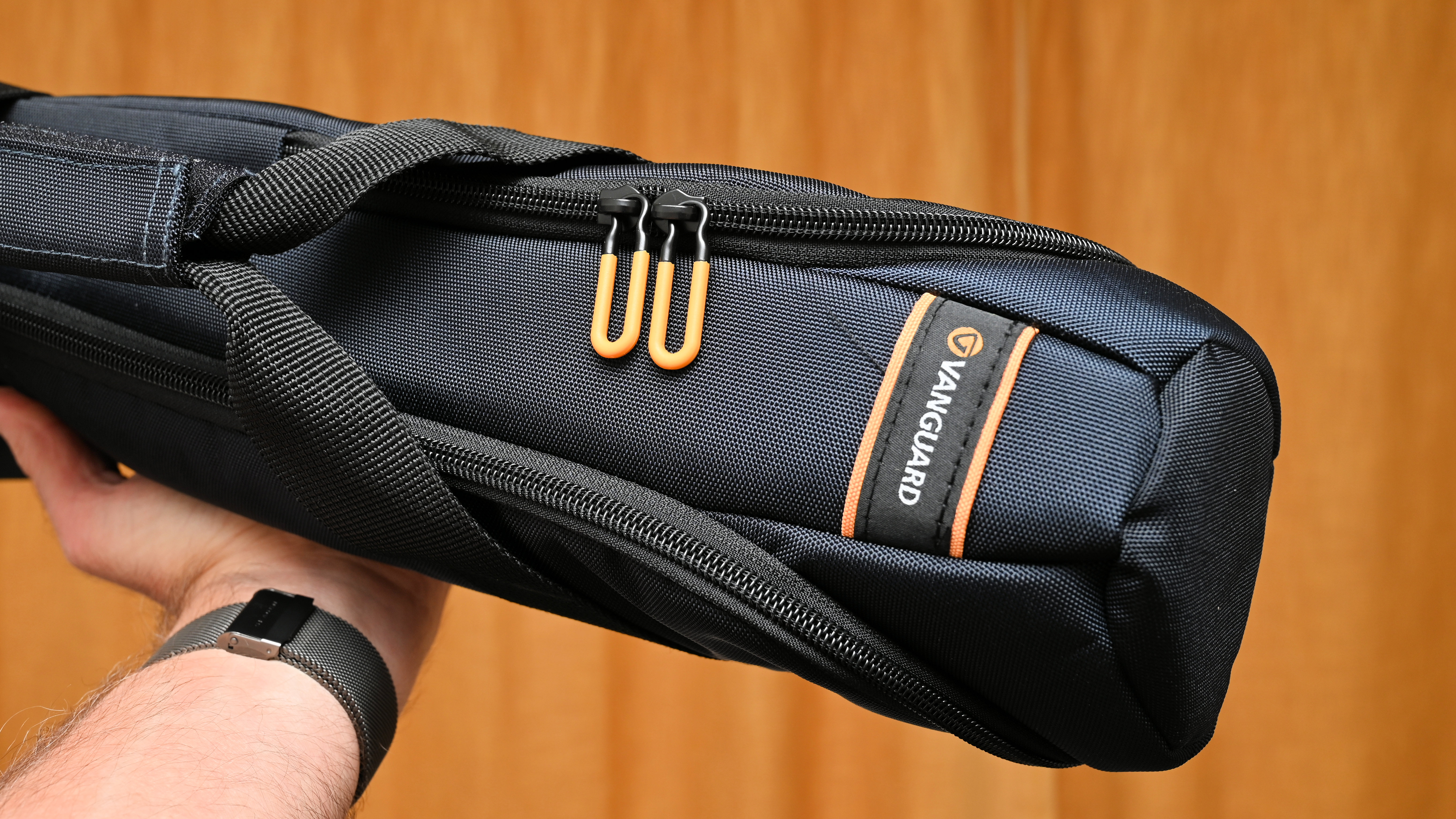
Although small when folded, the tripod reaches a decent maximum operating height of 148cm (58.3”). That’s despite not featuring an extendable center column. Instead, the tripod has a leveling system made from CNC-machined aircraft-grade aluminum. That’s all but essential for videography, as it enables you to easily level the support for the head, without having to make tricky fine adjustments to each leg. With +/-15 degrees of leveling adjustment on tap and a bubble level on the spider of the tripod, it’s a breeze to set up so that the camera stays level when panning the head during video capture.
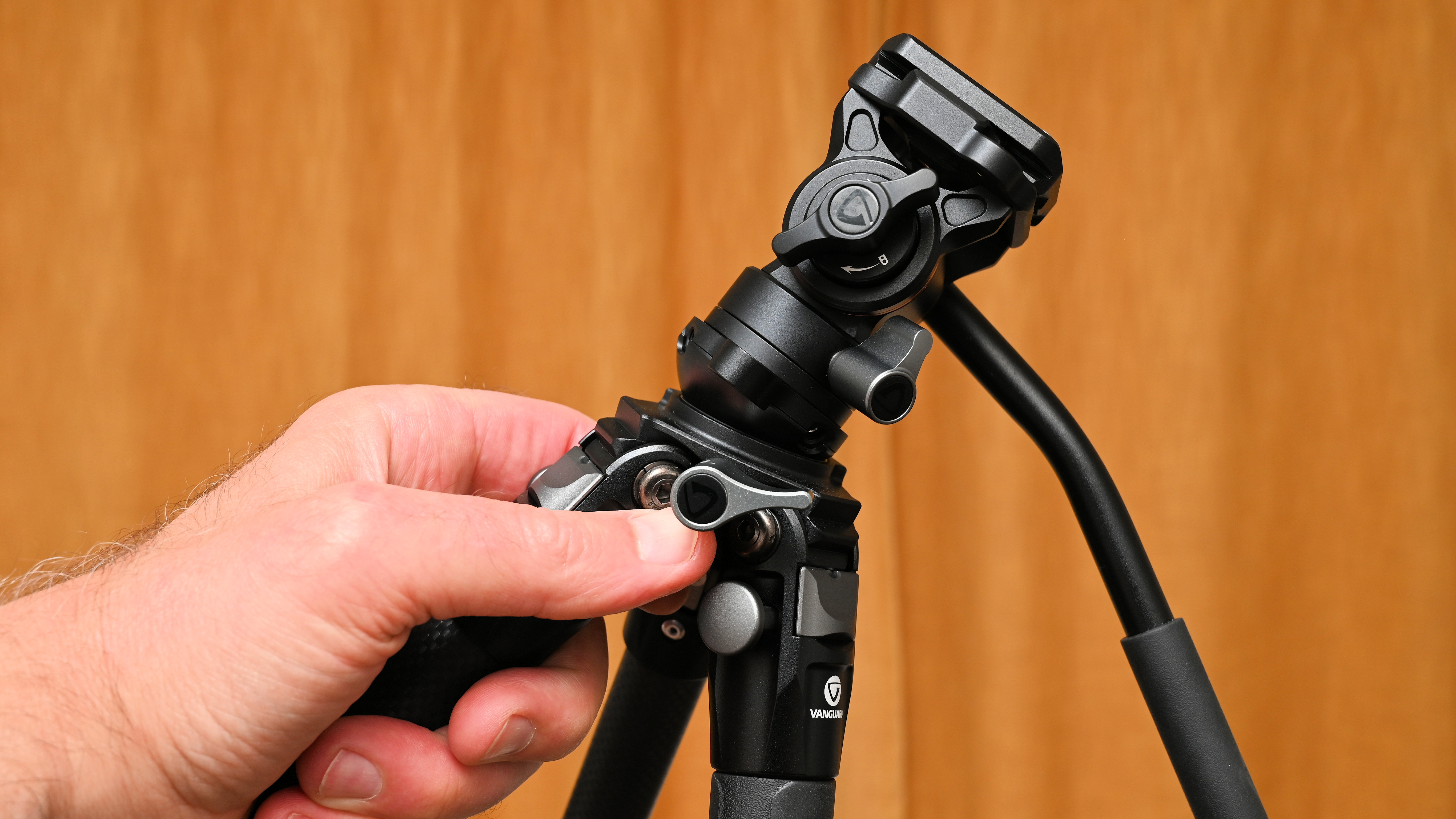
The key factor in gaining a useful maximum operating height from such a small tripod with no center column is that the carbon fiber legs have no less than five sections. In keeping with the lightweight design ethos, the outer, topmost leg section has a modest diameter of 23mm, but the bottom section is quite thin and spindly, at just 11mm in diameter. More on that later.
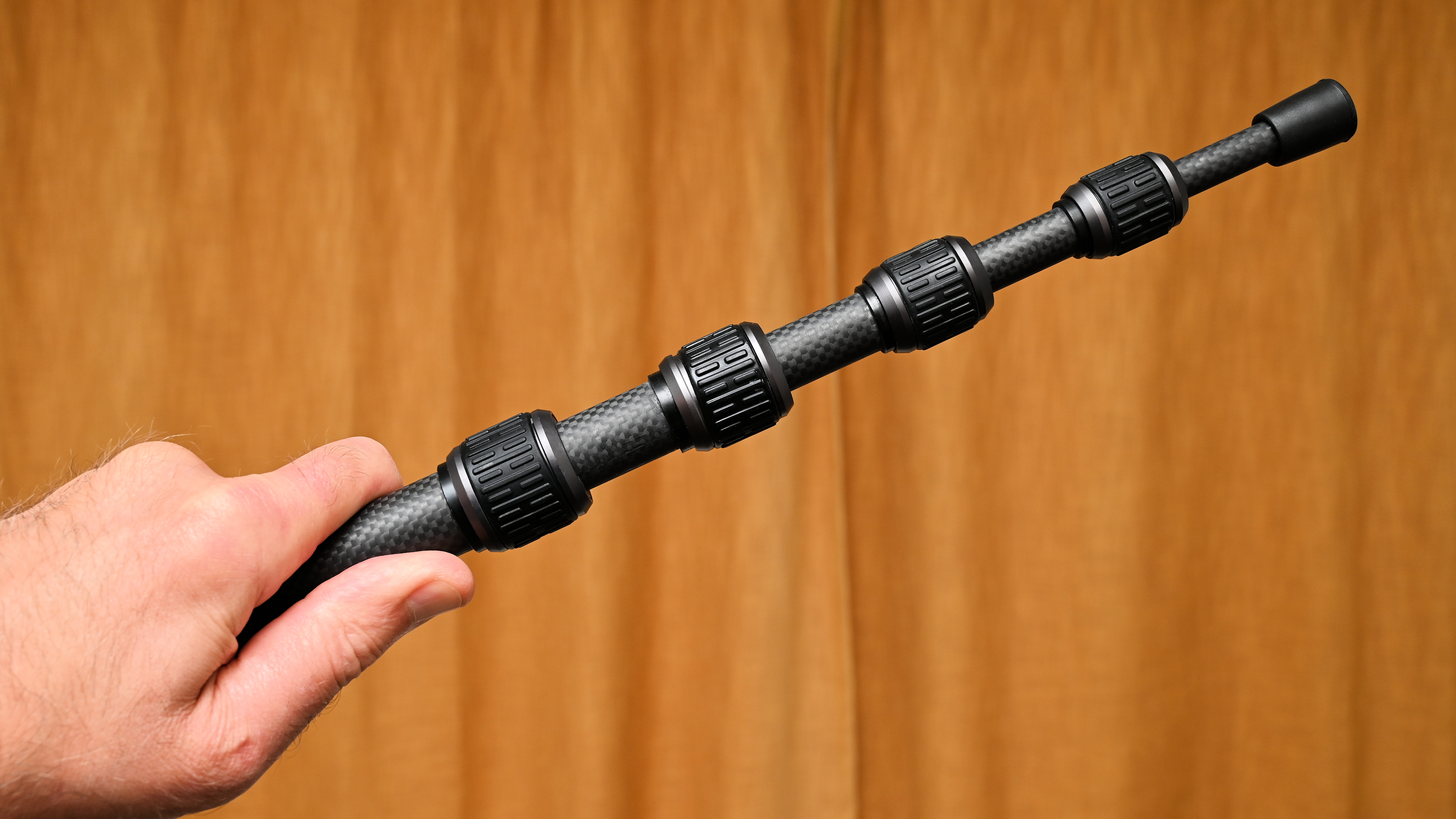
Each leg section is released and locked by twist clamps, and it’s just about possible to grab all of the clamps in one handful when the tripod is folded and you want to release all of them in one go. They only require a fairly small amount of rotation to unlock and lock them again.
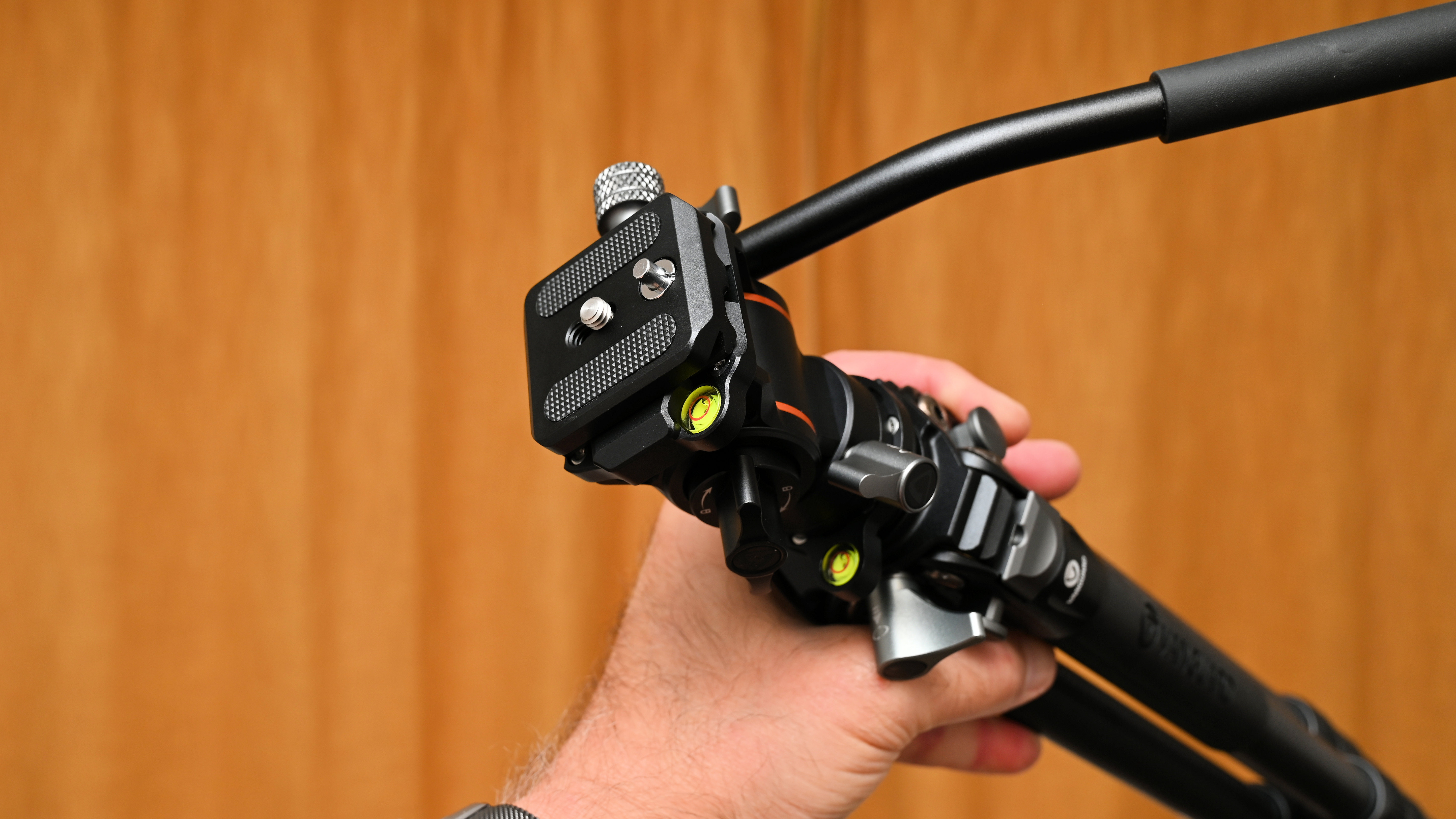
Despite being made from carbon fiber, rather than the aluminum of the more inexpensive version of the kit, one of the legs nevertheless features comfort padding. It’s a nice touch, literally, even though carbon fiber feels less cold to the touch than aluminum in chilly conditions.
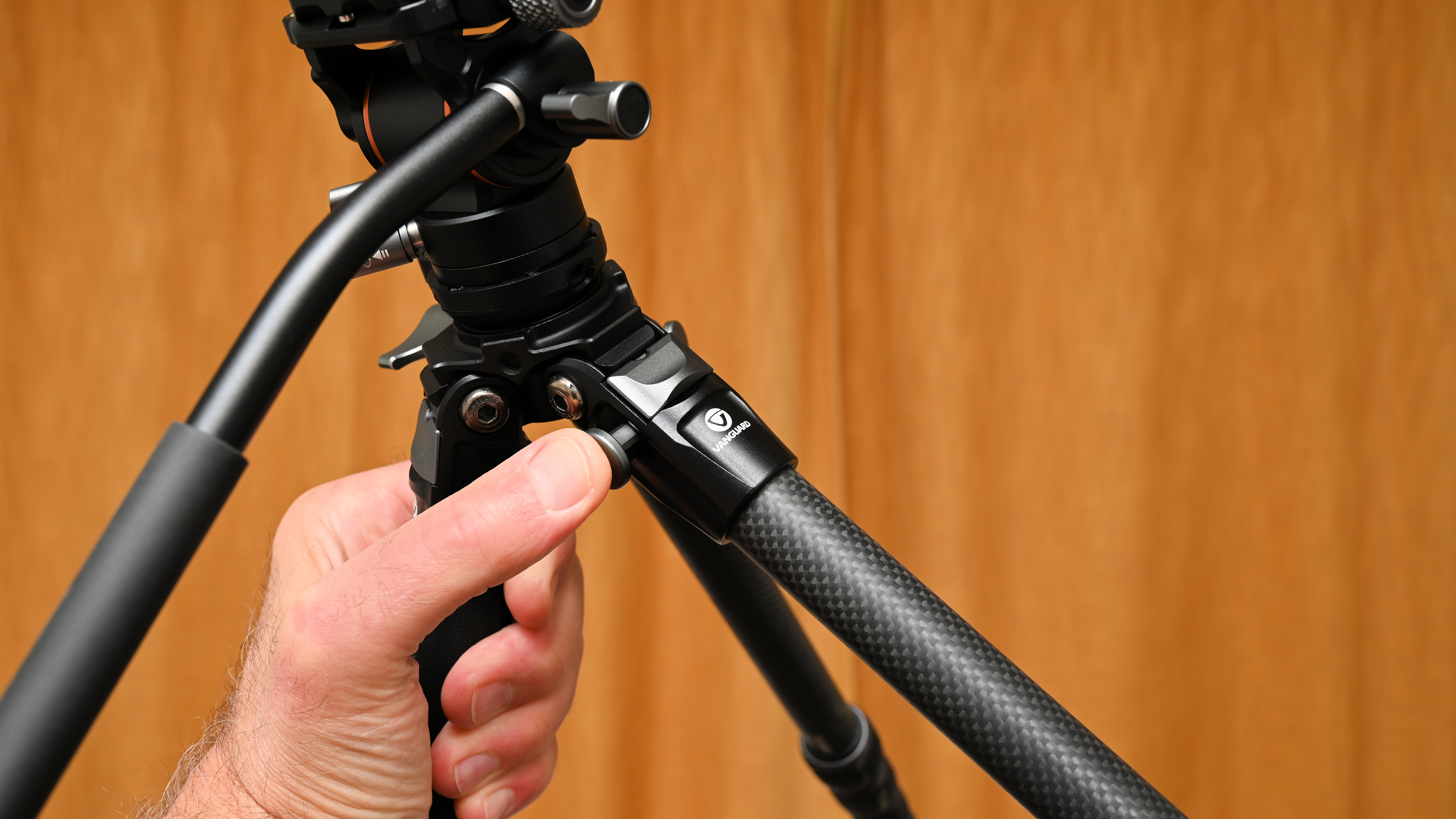
Typical of most tripods, the Vanguard features three lockable angles for each leg. This helps to maintain stability in low-level shooting, right down to 19.5cm (7.7”), made easier by the absence of a center column that would get in the way. The flip side is that the legs don’t swing up for ultra-compact storage, as there’s no extending center column for them to wrap around. The feet of the tripod are rubber pads, and there’s no alternative option of metal spikes.
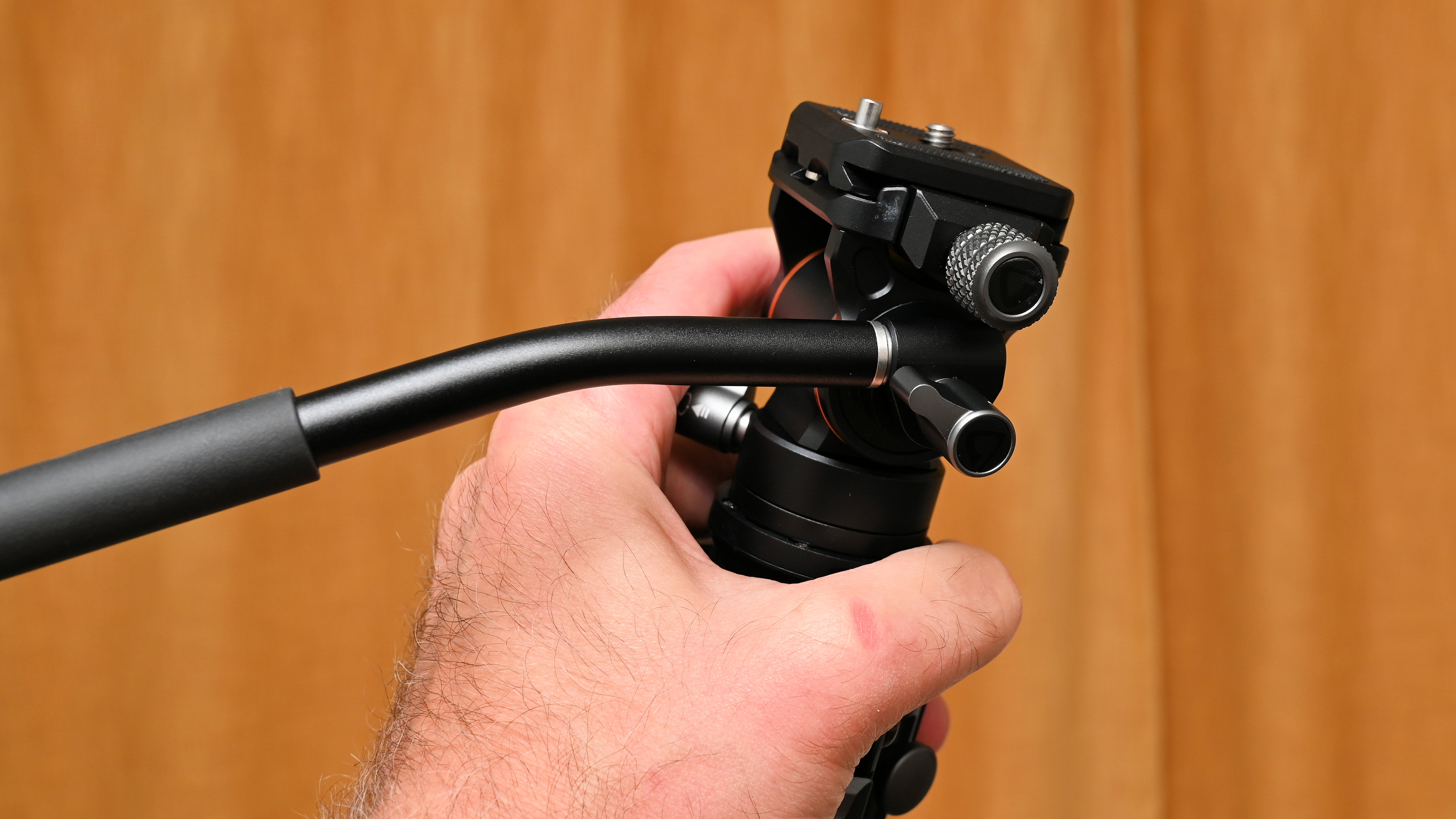
The head is well-matched to the legs, being smartly turned out but compact and lightweight. It features independent lock/release knobs for pan and tilt, the former being easily rotated on splines if you pull it out and turn it to gain the optimum operating position. The tilt mechanism is spring-loaded, which helps to avoid the camera nosediving when being tilted forward or backward from its level configuration. A bubble level is fitted to the head’s camera platform, in addition to the one on the spider of the legs.
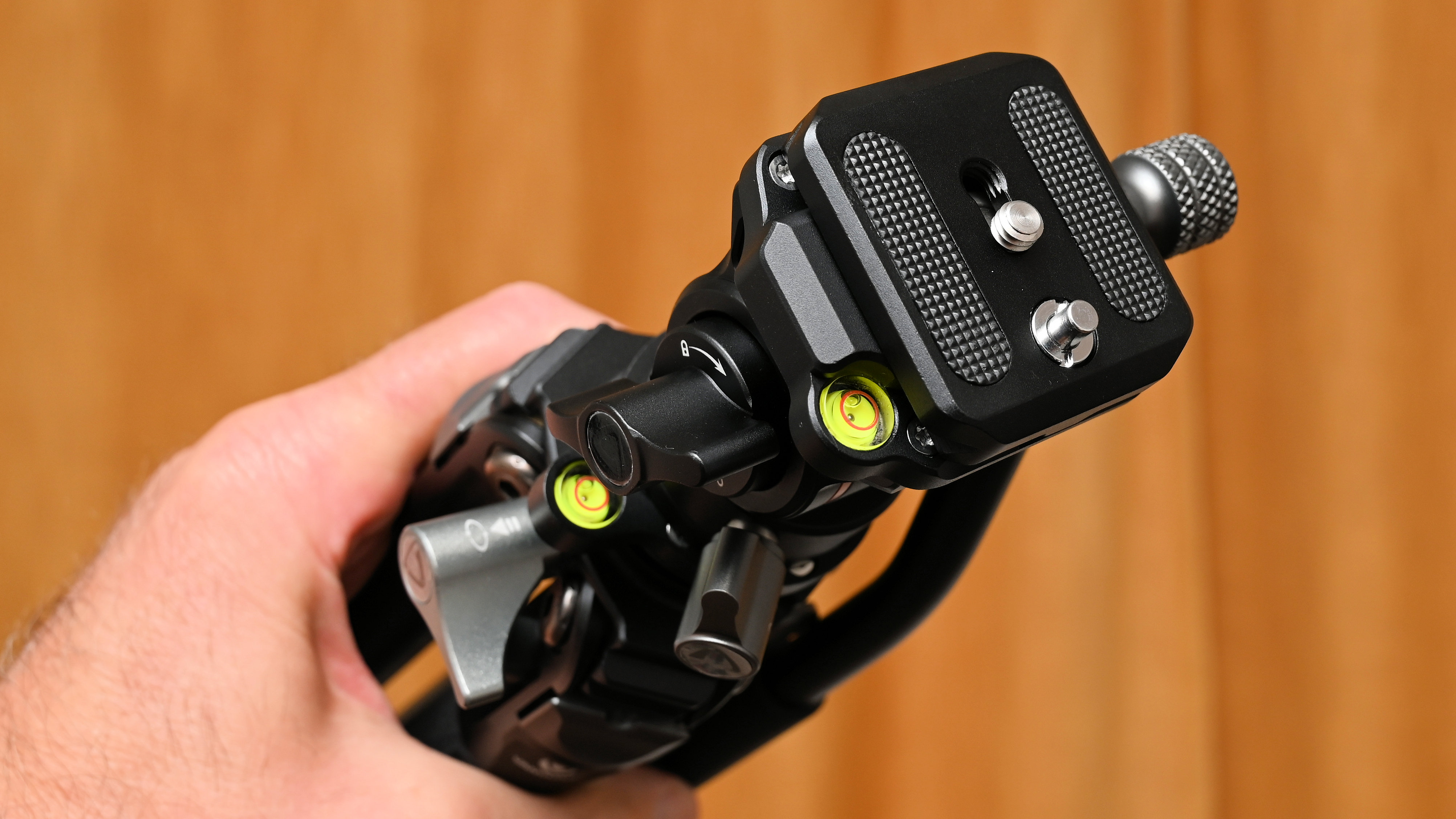
For attaching the camera, or a lens with a tripod mounting ring, the tripod features an Arca-Swiss compatible quick-release plate. Again, it’s of very good quality and features a spring-loaded locking pin on the upper face, and two security pins down below.
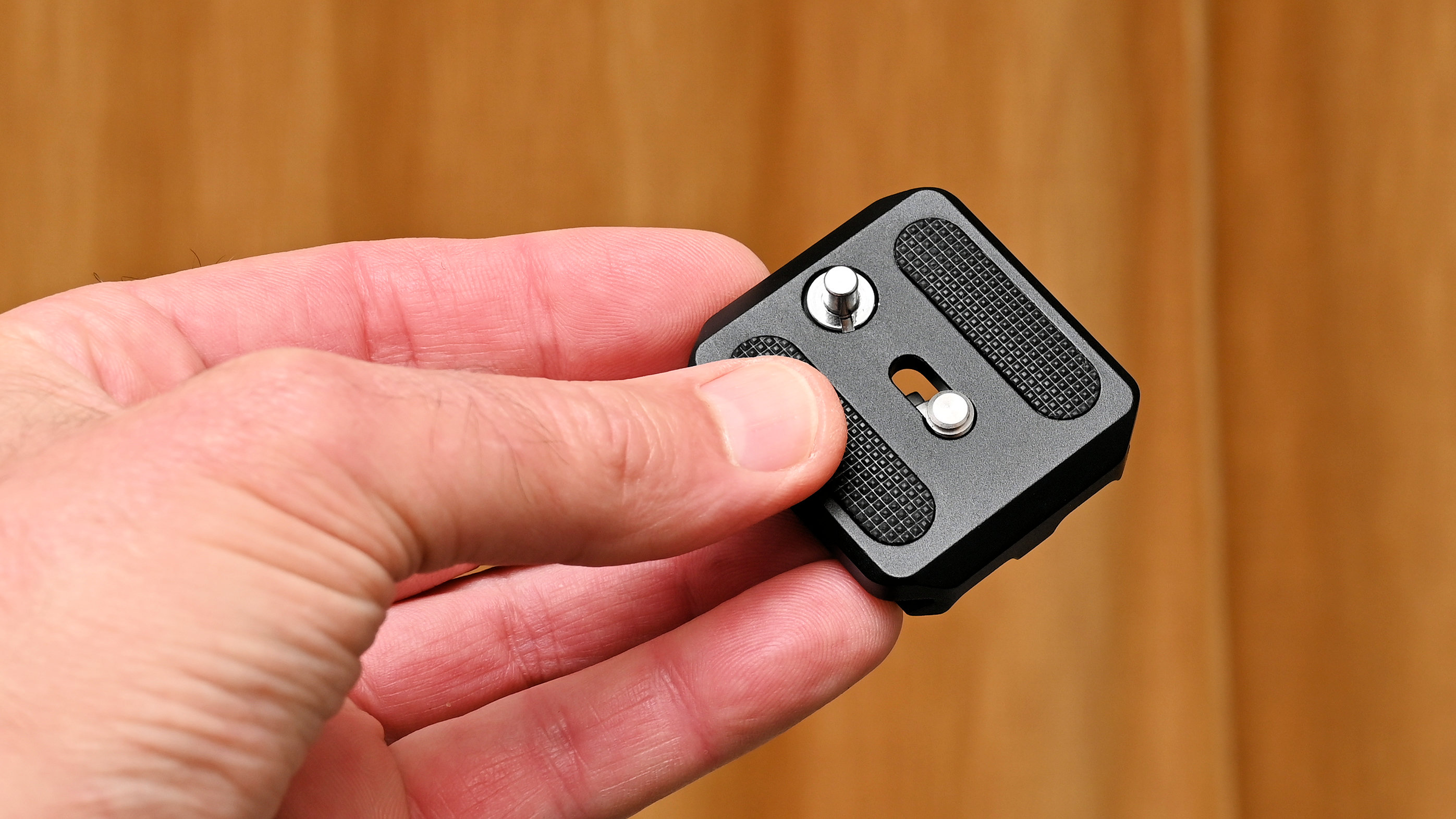
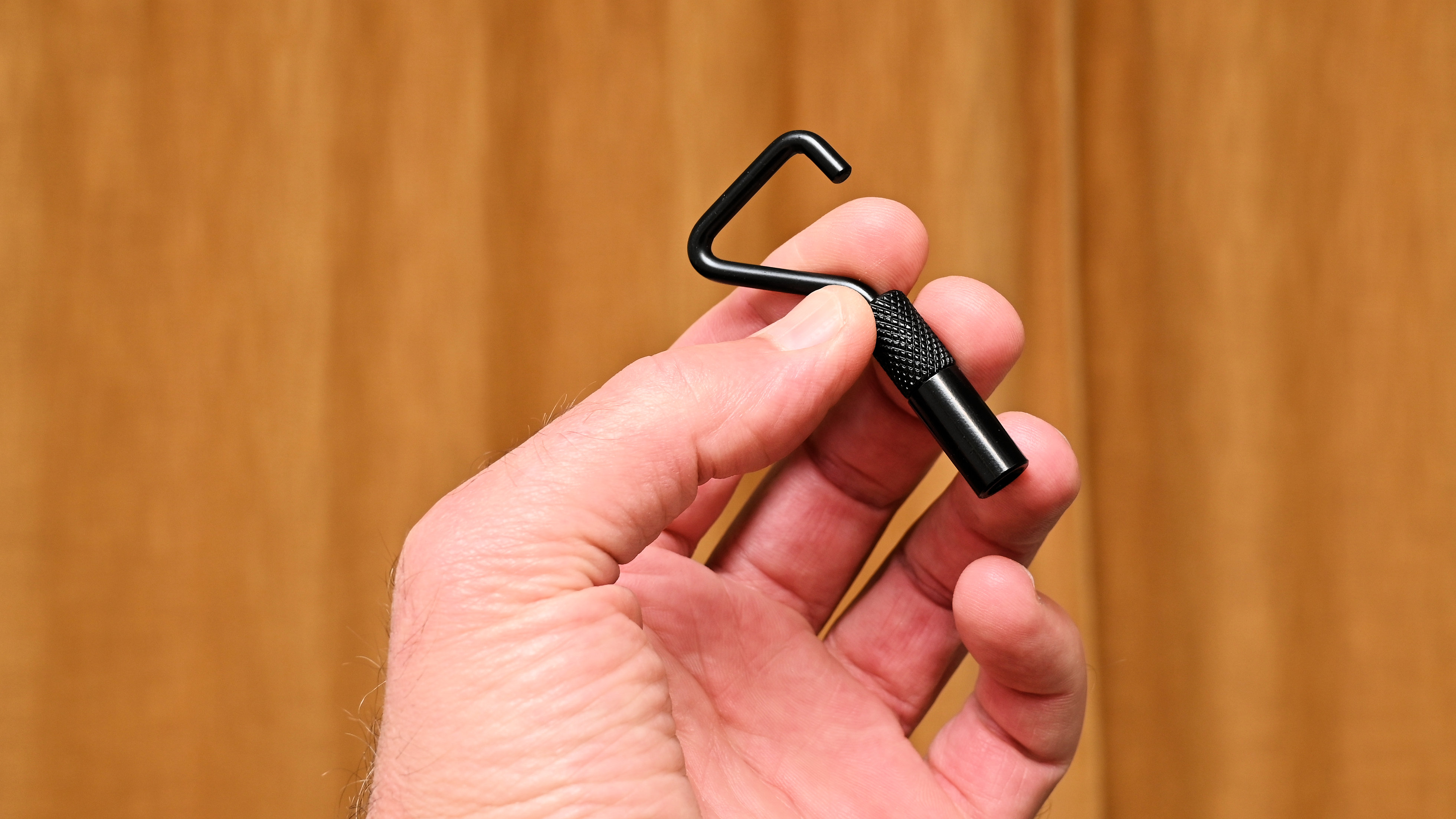
Vanguard Alta Pro 3VLT 235CV 10: Performance
For such a compact and lightweight video tripod, performance is mostly very good. There’s a nice fluid feel to pan and tilt operations and the spring-loaded mechanism is a further help when tilting the camera. Similarly, the leveling base is quick and easy to use, helped along by the dual bubble levels in both the tripod spider and camera platform.
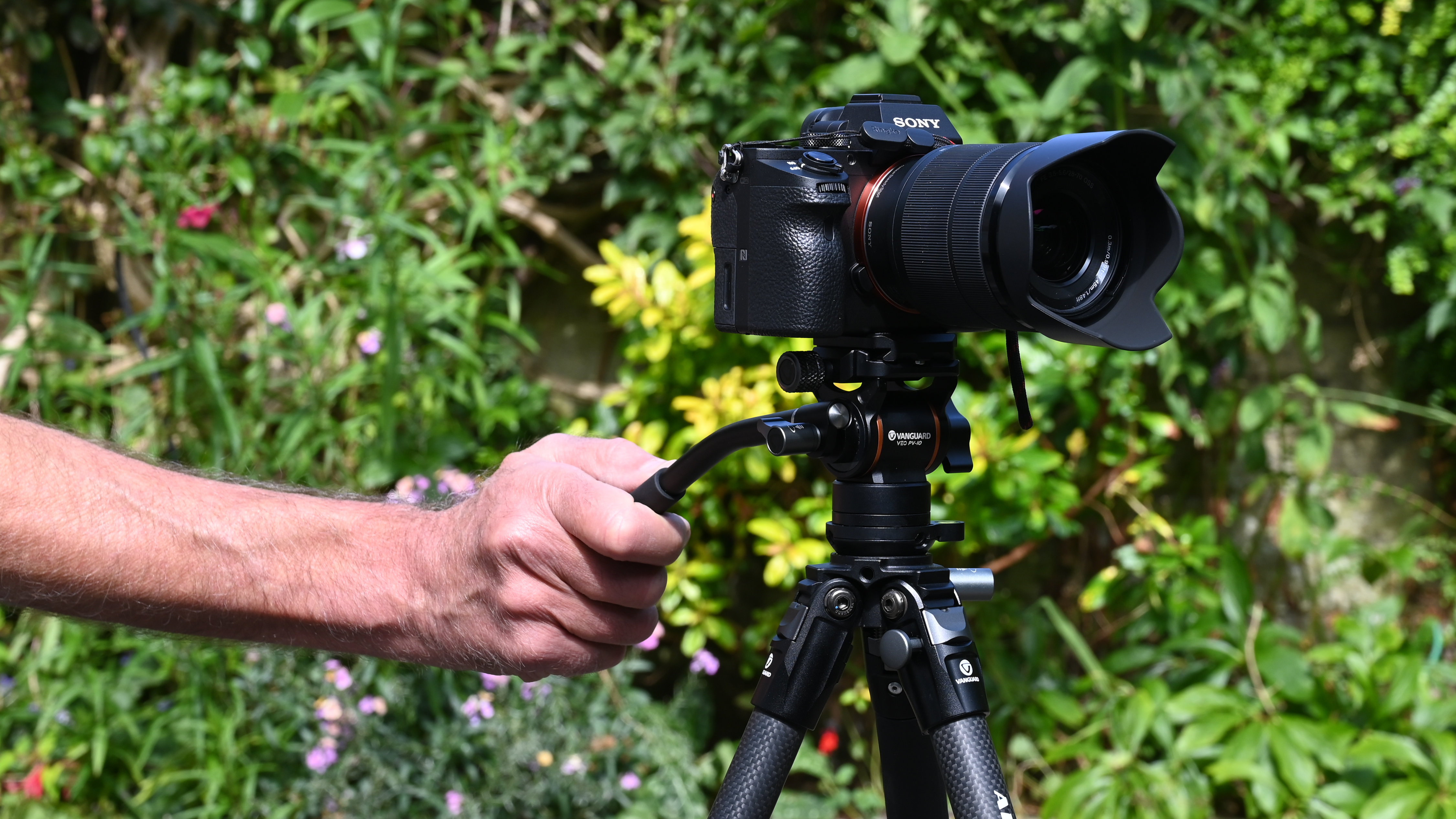
Again, considering the lightweight build, rigidity is pretty good, up to a point. That point equates to an operating height of 118cm (46.5”), where you’re only making use of the four widest-diameter leg section. When the thinnest bottom leg sections are brought into play, the tripod feels very much less rigid and becomes prone to wobbling and vibrations. I’d be the first to admit that it’s not a particularly scientific test but, with the tripod fully extended and stood on a hard concrete floor, I gave a sharp tap to one of the legs with a finger. I found that this set up oscillations in all three legs and that it would take about 10 seconds for the vibrations to die away sufficiently so that wobbling was no longer visible. That’s worse than I’d expect from most ultra-lightweight travel tripods. Ultimately, performance is good if you’re willing to stick to a modest operating height and keep the bottom leg sections out of the equation.
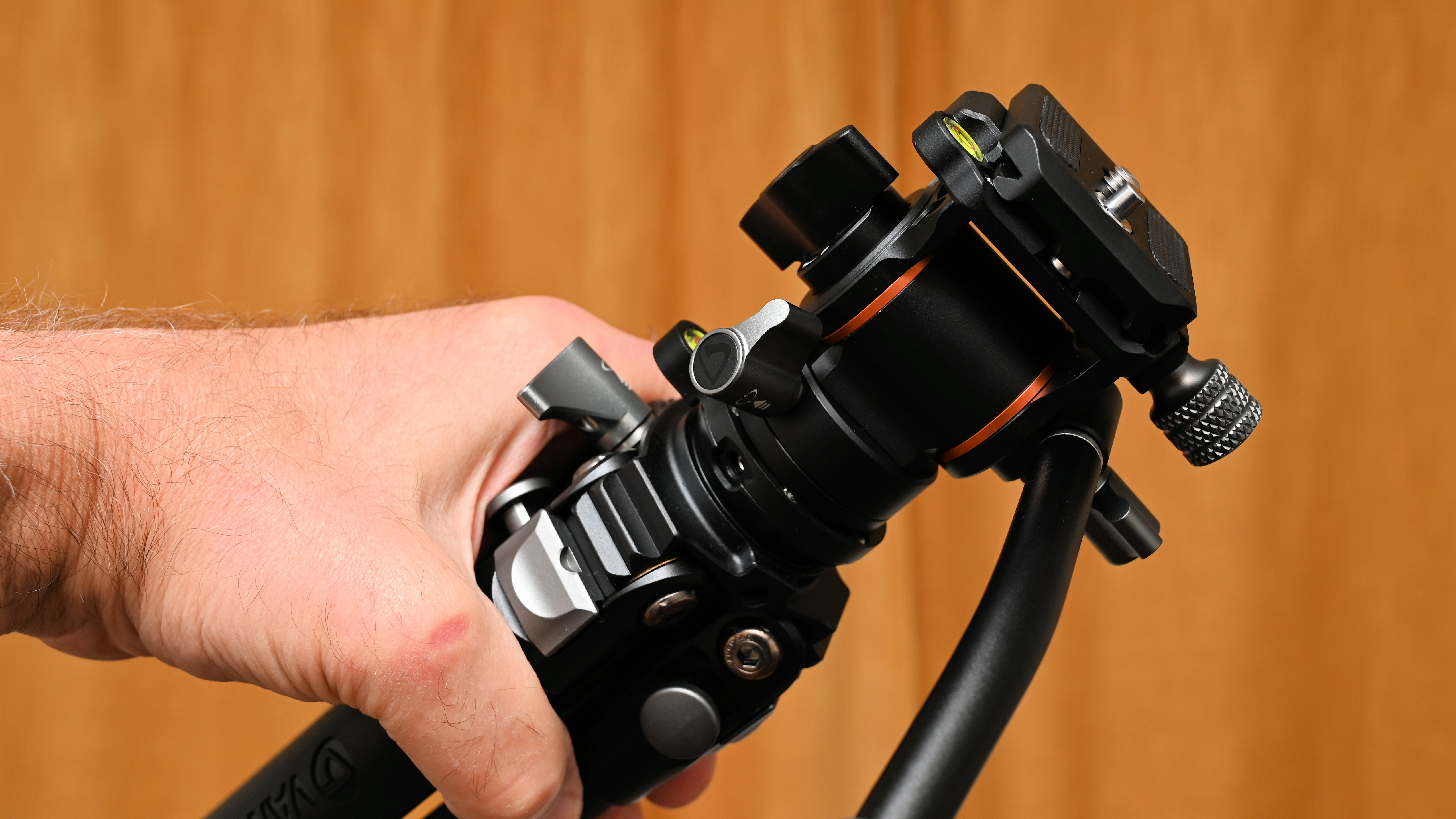
Vanguard Alta Pro 3VLT 235CV 10: Verdict
I love that the Vanguard Alta Pro 3VLT 235CV 10 is so conveniently compact, lightweight and portable. It’s certainly nice to have a video tripod that’s easy to carry around and to pack away in small spaces. The build quality feels very good I’m mostly impressed with the performance too. The pan and tilt movements have a nice fluid feel to them and the tripod is pretty rigid at low to medium operating heights. The only problem as far as I’m concerned is that when I extend the legs to their maximum height, extending the thinnest bottom sections, the tripod is prone to vibrations and feels lacking in rigidity. If you can get away without bringing the bottom leg sections into play, it’s a pretty solid bit of kit.
| Features | It has all the features you need in a compact video tripod, including a leveling system. | ★★★★★ |
| Design | It’s a crafty bit of design, folding down really small but enabling a decent maximum operating height. | ★★★★★ |
| Performance | Pan and tilt movements are smooth and fluid but rigidity suffers at the maximum height. | ★★★★☆ |
| Value | It’s pretty pricey for a compact tripod but has a good carbon fiber build. The aluminum version is cheaper. | ★★★★☆ |
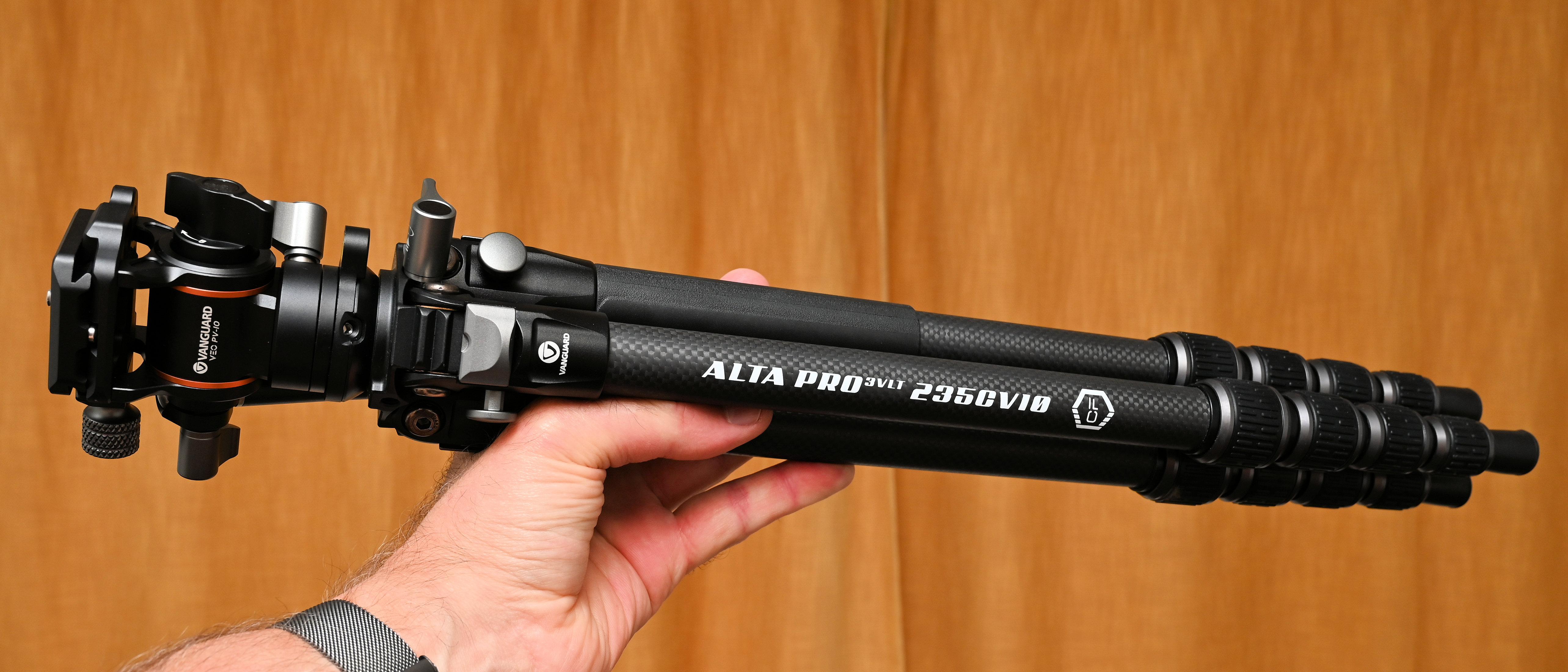
Should you buy the Vanguard Alta Pro 3VLT 235CV 10?
✅ Buy this...
- You want a compact and lightweight video tripod that’s easy to carry around and takes up little space.
- You need a videocentric tripod kit, although it also works pretty well for stills if you have an L-bracket for portrait orientation shooting.
🚫 Don't buy this...
- You’d prefer a more rigid, sturdy tripod that extends to a greater maximum height, and don’t mind it being larger and heavier.
- You’re seriously into top-end performance and would rather have a more exotic video tripod with an adjustable counter-balance system.
Alternatives
The SmallRig Heavy-Duty Fluid Head Tripod AD-01 3751 aluminum video tripod is quite inexpensive to buy at around $160/£145 and again has a lightweight design. It comes complete with a fluid head and leveling base.
The Vanguard Alta Pro 3VRL 303CV 18 video tripod is more of a full-sized, heavy-duty affair. It has a comprehensive feature set and very good performance. However, it’s considerably bigger, heavier and costs around $500/£500.
Matthew Richards is a photographer and journalist who has spent years using and reviewing all manner of photo gear. He is Digital Camera World's principal lens reviewer – and has tested more primes and zooms than most people have had hot dinners!
His expertise with equipment doesn’t end there, though. He is also an encyclopedia when it comes to all manner of cameras, camera holsters and bags, flashguns, tripods and heads, printers, papers and inks, and just about anything imaging-related.
In an earlier life he was a broadcast engineer at the BBC, as well as a former editor of PC Guide.

